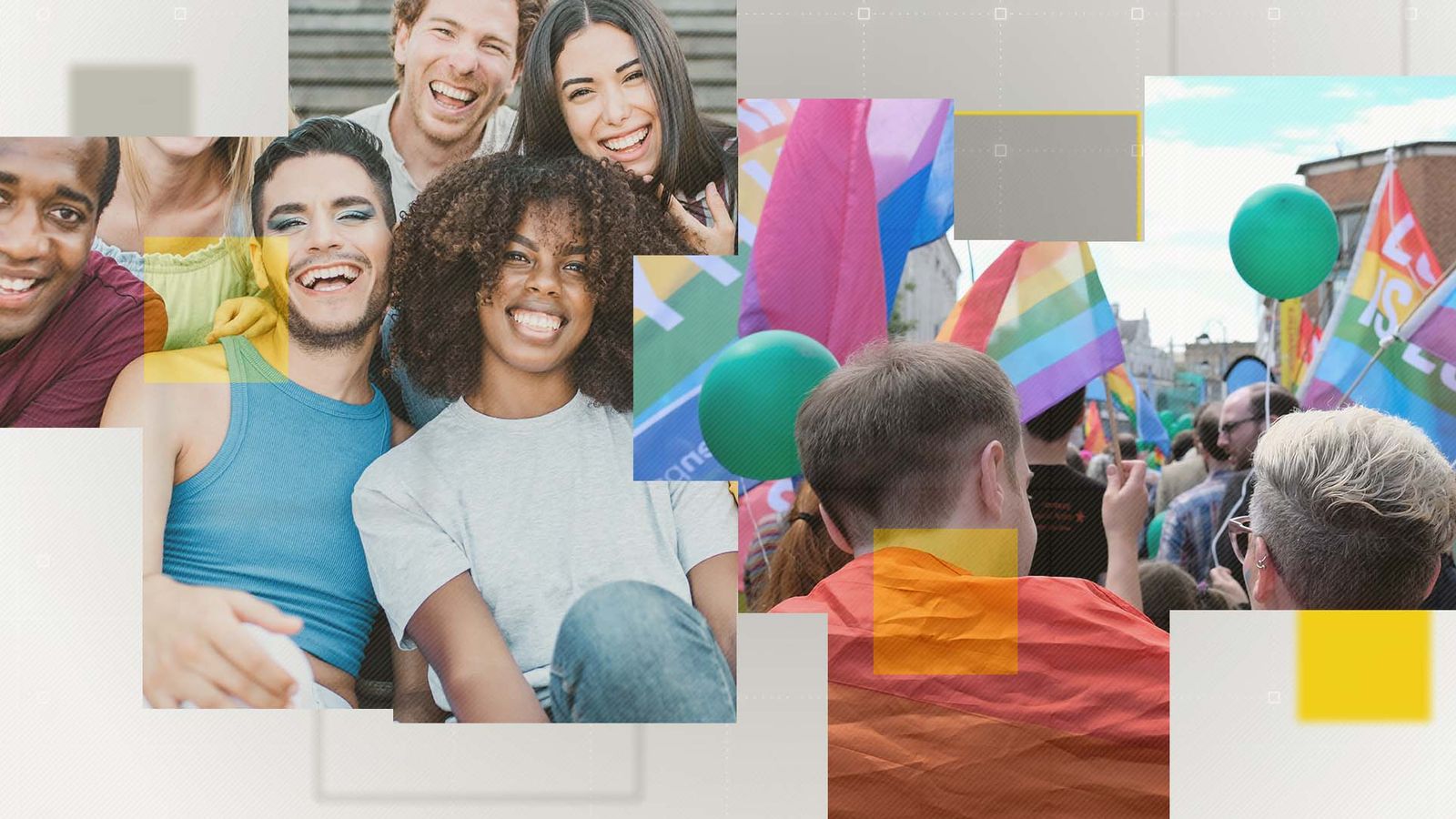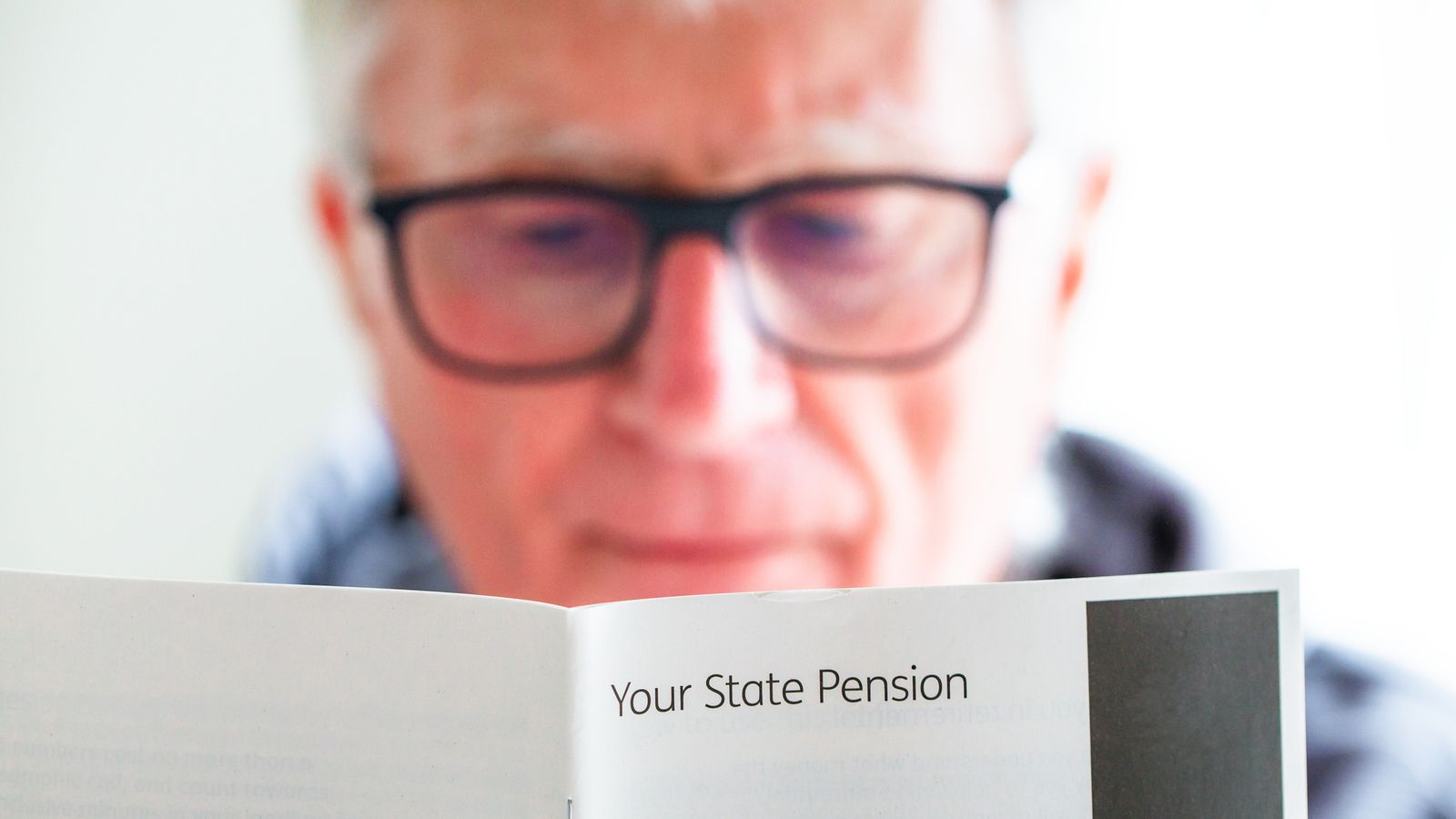More than 250,000 people identify as a gender that is different to their sex at birth, according to the 2021 census.
In all, 262,000 people over 16 in England and Wales, or 0.5% of the population, said their identity was different in a voluntary question included in the census for the first time.
Around 1.5 million people (3.2%) said they identified as LGB+.
Overall, 94% of the population answered the question on gender identity and 92.5% of the population answered the question on sexual orientation.
Around 748,000 (1.5%) people described themselves as gay or lesbian, 624,000 (1.3%) described themselves as bisexual and 165,000 (0.3%) selected “other sexual orientation”.
The charity Stonewall described the publication of the figures as a “historic step forward”, saying that for more than two centuries LGBT+ lives had been “missing from the national record”.
ONS director Jen Woolford said: “This is just the first snapshot. In future analysis we will be exploring sexual orientation and gender identity by key demographic variables, such as age and sex, as well as employment, health, education and ethnicity, among others.”
Data from the 2021 census for England and Wales is being published in stages over two years.
It is the first time figures on sexual orientation and gender identity have been included, with people aged 16 and over asked to provide this information on a voluntary basis.
Around 118,000 (0.2%) people indicated that their gender identity was different from their sex registered at birth but did not specify their gender identity, 48,000 (0.1%) identified as a trans man, 48,000 (0.1%) as a trans woman, 30,000 (0.06%) as non-binary and 18,000 (0.04%) wrote in a different gender identity.
Stonewall chief executive Nancy Kelley said: “For the past two centuries of data gathering through our national census, LGBTQ+ people have been invisible, with the stories of our communities, our diversity and our lives missing from the national record.
“Today is a historic step forward after decades of Stonewall campaigning to record sexual orientation and gender identity in the census, finally painting an accurate picture of the diverse ‘Rainbow Britain’ that we now live in, where more and more of us are proud to be who we are.”












